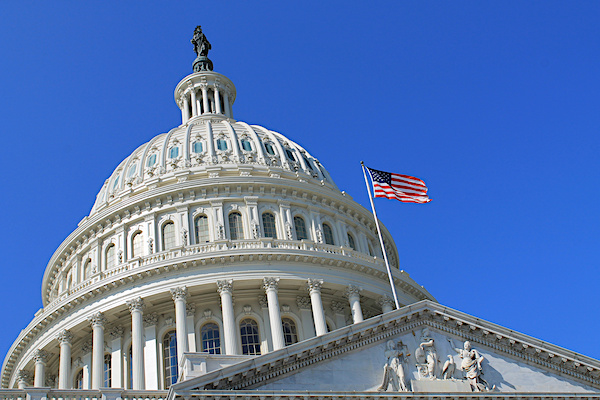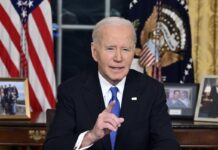
WASHINGTON (GA Recorder) — A bipartisan think tank expects that the United States will default on its debt in the summer or early fall if Congress doesn’t take action to address the debt limit before then.
The timeline is similar to one the nonpartisan Congressional Budget Office released last week, saying lawmakers have until sometime between July and September to either raise or suspend the debt limit before the United States would reach the so-called X-date.
Treasury Secretary Janet Yellen has said the country has until at least early June.
“Today’s X Date range reflects, in part, the considerable uncertainty in our nation’s current economic outlook,” said Shai Akabas, the Bipartisan Policy Center’s director of economic policy. “Policymakers have an opportunity now to inject certainty into the U.S. and global economy by beginning, in earnest, bipartisan negotiations around our nation’s fiscal health and taking action to uphold the full faith and credit of the United States well before the X Date.”
President Joe Biden and Speaker Kevin McCarthy, a California Republican, have begun preliminary talks around the debt limit and government spending, but Biden remains adamant that negotiations on if and how to reduce federal spending need to happen on a separate track from debt limit talks.
McCarthy has said the two should be tied together and that it doesn’t make sense to raise the nation’s borrowing capacity, which pays for laws Congress already approved, without addressing future spending.
The BPC projection noted the default date, when the country would no longer have the ability to pay all of its bills in full and on time, “will depend heavily on 2022 tax collections in a fragile post-pandemic economy with low unemployment, persistent inflation, and recession fears.”
“Indeed, if tax season revenues fall far short of expectations, there could even be a ‘too close for comfort’ situation prior to quarterly tax receipts due on June 15,” the projection says.
Congress took three bipartisan votes during the Trump administration to suspend the debt limit and has taken one mostly party-line vote to raise the debt limit during the Biden presidency.
That $2.5 trillion raise ran out in January, after which the Treasury Department began using accounting maneuvers called extraordinary measures to keep the country below the $31.4 trillion borrowing limit.
The United States has never pushed past the default date, or X-date, so there’s uncertainty about what exactly would happen, but the federal government would be barred from deficit spending.
That would mean steep cuts to government programs, though it’s unclear if the Treasury secretary would be able to determine which programs get funding and which don’t.
Even if default spending cuts could be prioritized, it’s likely that there would be broad impacts to the global economy as well as health care programs, defense and the federal workforce.
The Bipartisan Policy Center said in its projection it plans to narrow the default date window as federal revenues and spending become clearer.
Akabas said he was “optimistic that today’s projection provides Congress and President Biden with a window of opportunity to come together and work out a deal.”
“They owe it to every hardworking American and small business owner to avoid the costs and risks associated with dragging this out to the 11th hour.”







